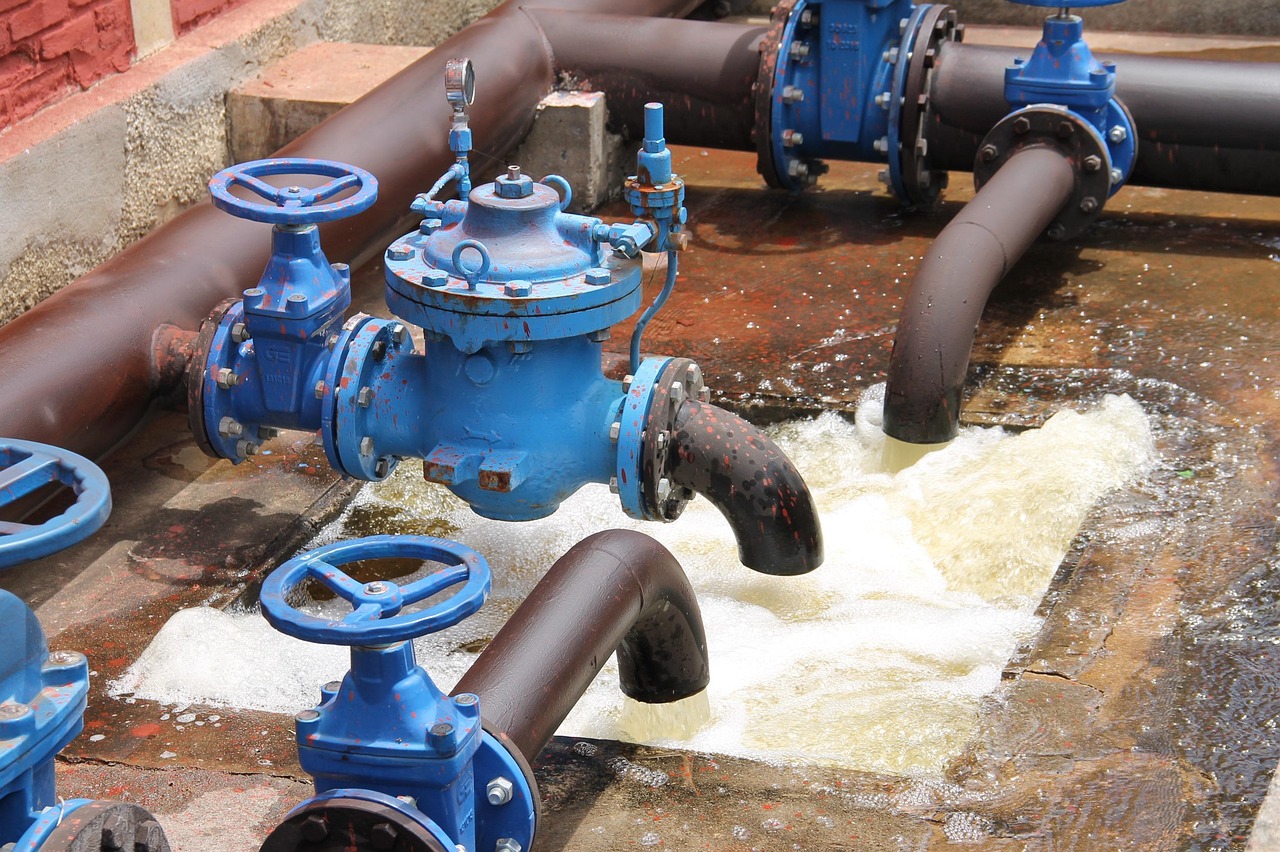Pipeline repair work has traditionally been a messy, expensive, and time-consuming process. Digging through concrete, tearing up landscaping, or shutting down industrial operations just to access a damaged pipe was once considered unavoidable. But thanks to technological advancements, no-dig industrial solutions are changing the way pipe repairs are handled. They offer cleaner, faster, and more cost-effective alternatives for businesses and municipalities.
Here, we’ll explore what no-dig solutions are, how they work, and why they’ve become a game-changer in industrial pipe repair.
No-Dig Industrial Solutions
No-dig solutions refer to trenchless technologies used to inspect, repair, rehabilitate, or replace underground pipes without excavation. Instead of digging up large sections of ground or flooring, these methods access pipe systems through small entry points and complete repairs internally. This approach minimizes disruption while delivering long-lasting results.
These solutions are widely used in industrial, commercial, and municipal settings where traditional pipe repair would cause significant downtime, safety risks, or property damage.
Common Types of No-Dig Pipe Repair Methods
Several trenchless technologies fall under the umbrella of no-dig solutions. Each one serves a specific function, depending on the condition and location of the pipe.
- Cured-in-Place Pipe (CIPP): one of the most common no-dig solutions. It involves inserting a liner into the existing pipe, then curing it in place. The liner hardens to form a new pipe within the old one.
- Pipe Bursting: used to replace a damaged or undersized pipe by breaking it apart from the inside and pulling a new pipe into place. A bursting head fractures the existing pipe as it moves through, making room for the new one.
- Slip Lining: involves inserting a slightly smaller-diameter pipe (usually plastic or HDPE) into an existing host pipe. The annular space between the two is then grouted to secure the new pipe.
- Spot Repairs and Point Lining: for localized damage, like a small crack or joint failure, point repair involves installing a short section of liner at the damaged area only.
Key Benefits of No-Dig Solutions in Industrial Settings
The advantages of no-dig solutions go far beyond convenience. Here’s how they’re changing the game in pipe repair:
- Minimal disruption to your operations and property
- Reduced excavation or surface damage that will require repair
- Faster overall project timelines
- Lower long-term costs than most alternatives
- Durable and lasting results
- More environmentally friendly
Where No-Dig Technology Is Making the Biggest Impact
No-dig solutions are being adopted across many sectors. Here are some key areas where they’re driving major change:
- Municipal sewer and water systems
- Manufacturing and processing plants
- High-rise commercial buildings
- Hospitals and healthcare facilities
When Are No-Dig Solutions the Right Choice?
While trenchless repair is versatile, it’s not suitable for every scenario. These methods are ideal when:
- Pipes have damage but are still structurally intact
- Access is challenging and excavation would be costly or disruptive
- A long-lasting solution is necessary with minimal downtime
- Repair must be done around sensitive or high-traffic areas
- Pipes are under structures, streets, or landscaped areas
In cases where a pipe has collapsed or shifted out of alignment, full replacement using traditional or pipe bursting methods may be necessary.
Final Thoughts
No-dig industrial solutions are redefining how we approach pipe repair in the modern era. From managing a manufacturing facility to maintaining a commercial property or overseeing municipal infrastructure, trenchless methods offer a smarter, cleaner way to keep your systems in top shape. And all without the mess, expense, or disruption of traditional repair.
